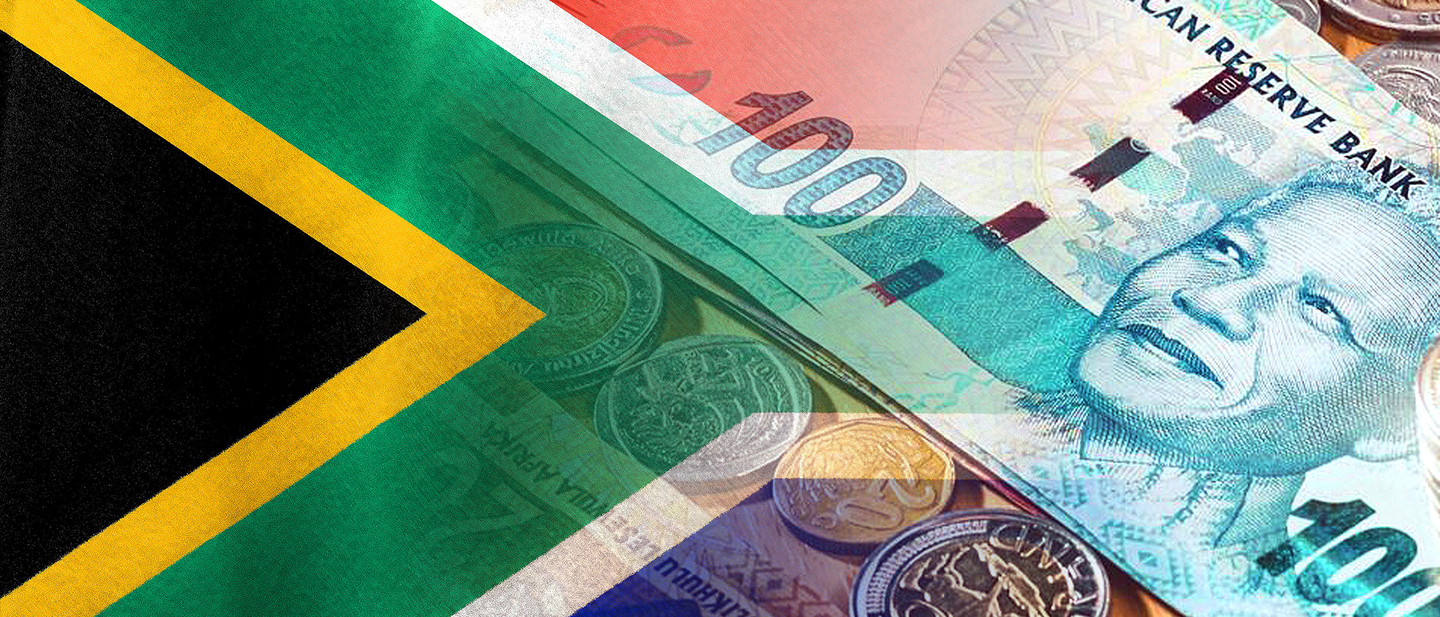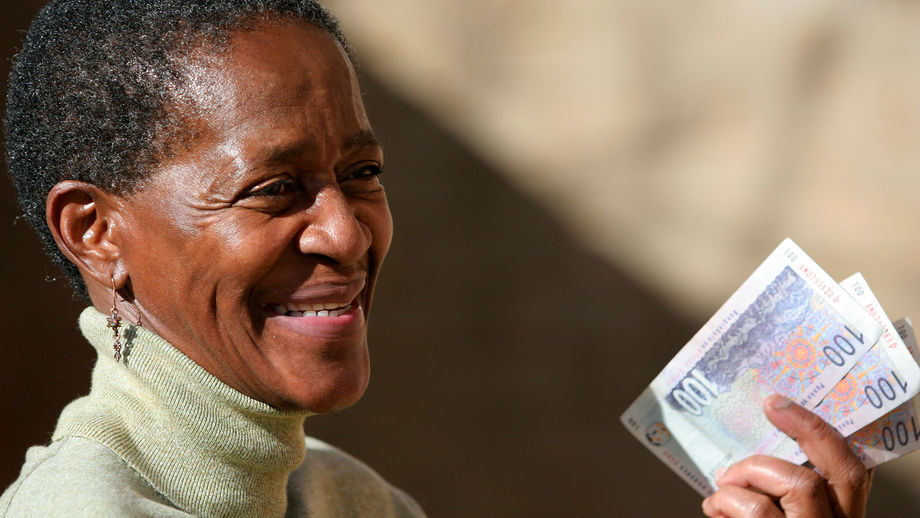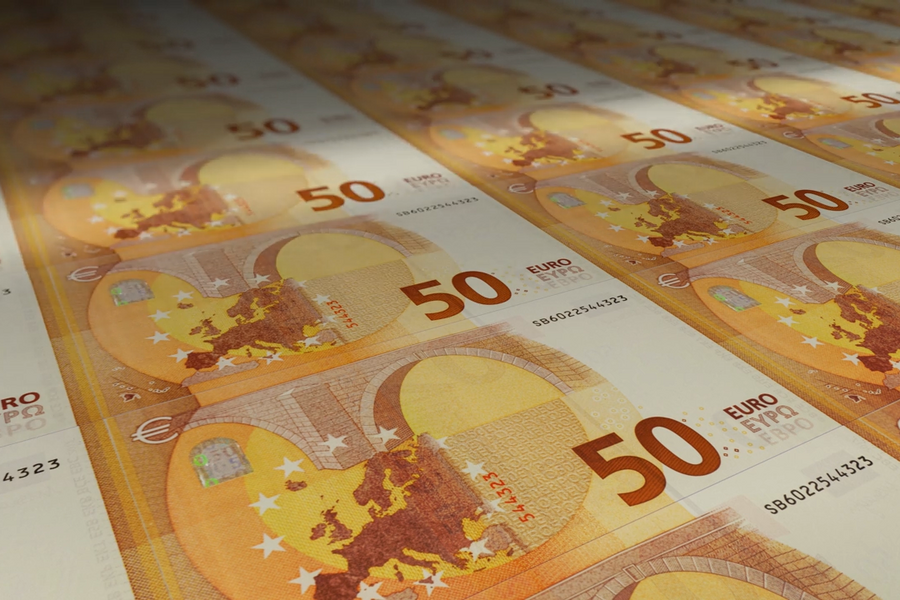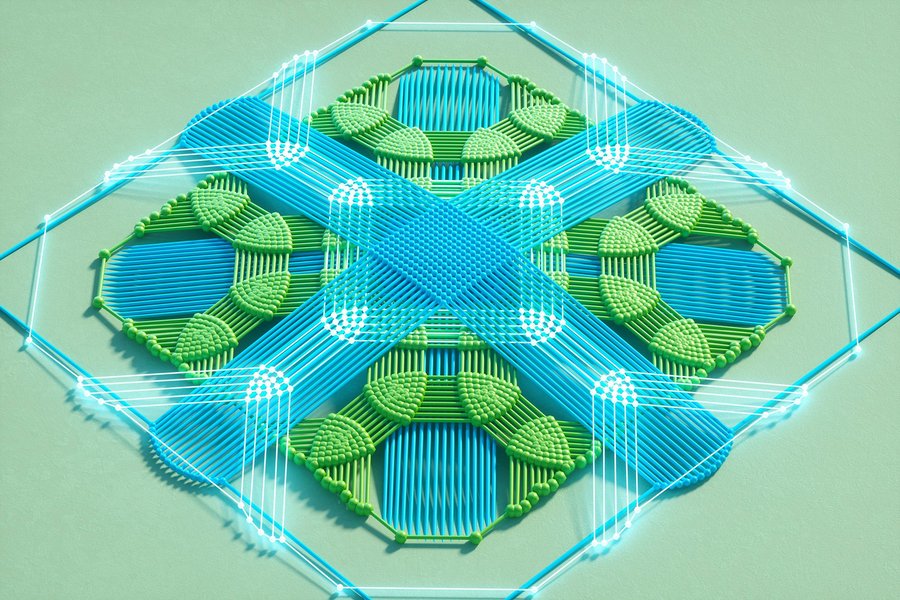Recent visitors arriving in South Africa were greeted with something new as soon as they changed or withdrew money: in May 2023, the South African Reserve Bank (SARB) introduced upgraded banknotes and coins into circulation. The new banknotes continued to feature the immediately recognizable image of the nation’s first democratically elected president, Nelson Mandela. However, in many other respects, the banknotes were completely refreshed.
As the accompanying booklet from SARB put it, “Our currency serves not only as a medium of exchange, but as a window into South Africa and its people, heritage, and culture.”1 The booklet noted that a currency is perhaps second only to a nation’s flag in reflecting the pride and aspirations of that nation’s people. You could say that a banknote is a calling card a nation can use to show its development, and to show how it sees its future role.
Given this context, the introduction of a new series of banknotes is clearly a momentous occasion, one that requires planning and foresight. It isn’t just a matter of printing them and bringing them to market. Since banknotes are generally refreshed in intervals of six to eight years, nations and their central banks have time to think about what it is they want to bring to the attention of people using their banknotes. And it gives them time to prepare for the challenges to cash logistics that will inevitably follow on from such an introduction.





